-
First section of Euclid space telescope’s map of the universe revealed

The first chunk of what will be the largest 3D map of the universe ever made has been revealed, putting 14 million galaxies – not to mention tens of millions of stars in our own Milky Way – on show in incredible detail. The Euclid mission, launched in 2023 and run by the European Space…
-
Euclid releases stunning first map of the deep sky
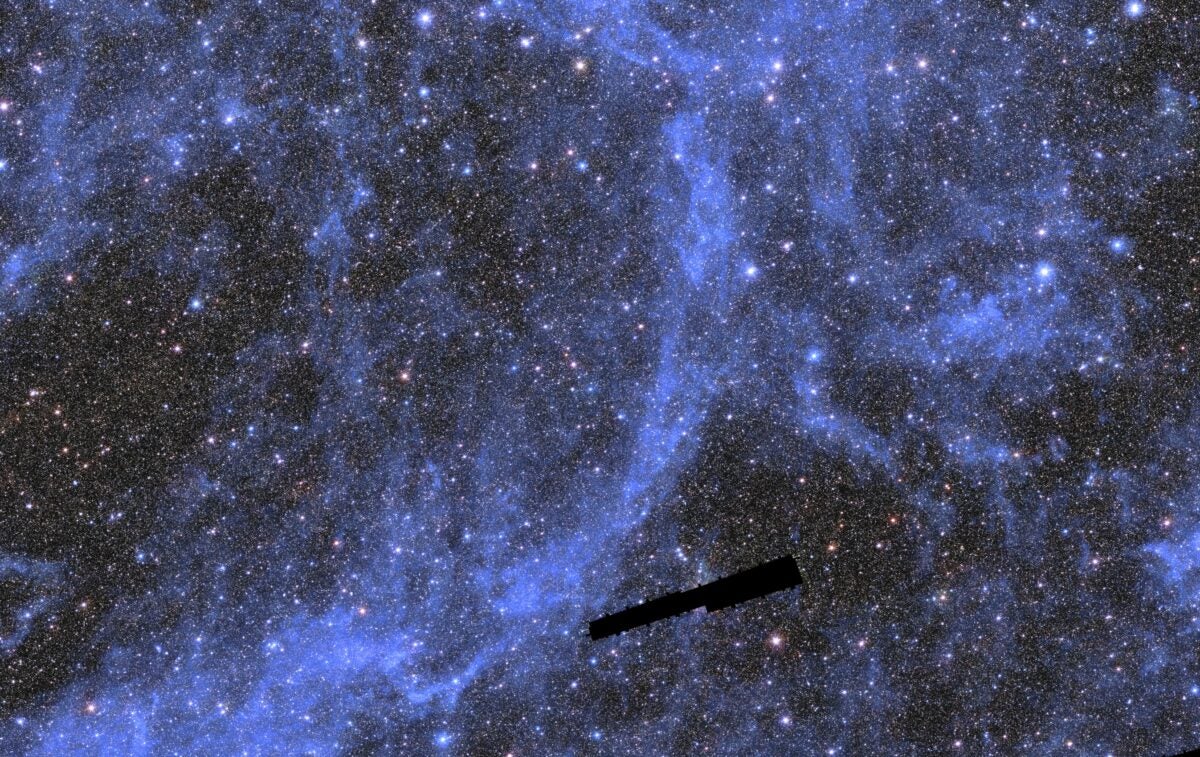
Stars and wisps of galactic gas fill this cropped view, representing just a small portion of a mosaic, released today, produced by the European Space Agency’s Euclid mission. Credit: ESA/Euclid/Euclid Consortium/NASA, CEA Paris-Saclay, image processing by J.-C. Cuillandre, E. Bertin, G. Anselmi CC BY-SA 3.0 IGO The Euclid space observatory launched in July 2023, tasked with…
-
James Webb Space Telescope Confirms Existence of “Hidden” Mechanism Behind the Forging of Stars and Planets
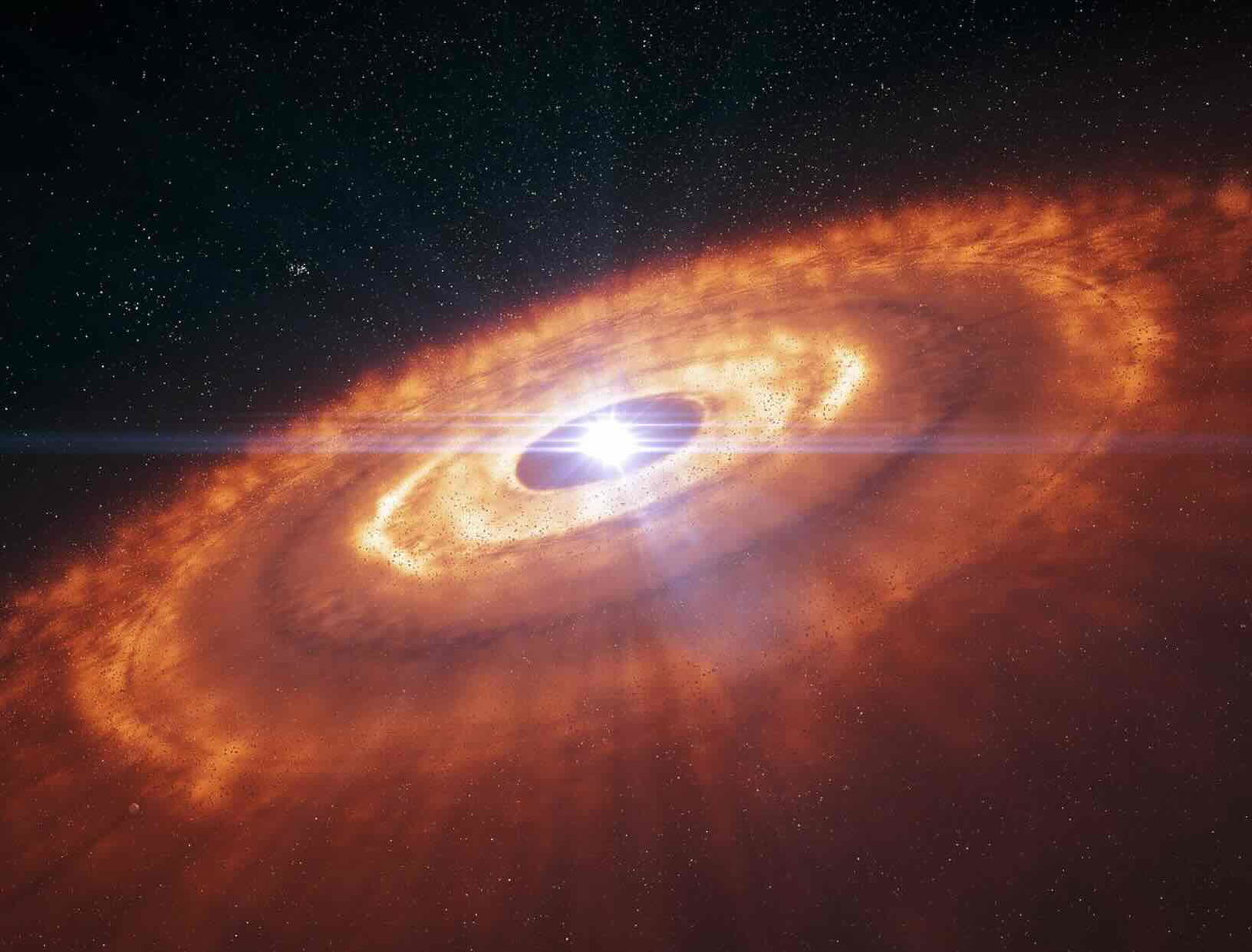
New insights into the formation of gas streams that propel the growth of infant stars have been unveiled by astronomers with help from NASA’s James Webb Space Telescope, revealing deeper insights into how they feed on material from their surrounding disks. The new findings are offering astronomers unprecedented new details about young stars and planets,…
-
NASA’s Europa Clipper sets sail for Jupiter
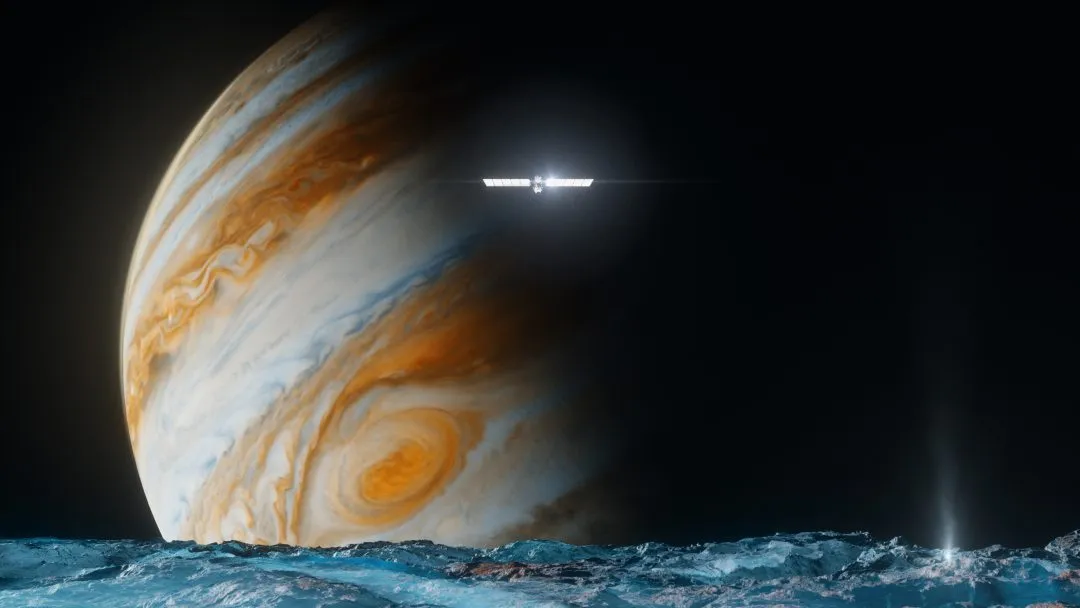
Europa Clipper flies above the icy surface of its eponymous moon in this artist’s concept. Credit: NASA/JPL-Caltech NASA’s newest scientific flagship is on its way to the Jupiter system to explore the icy moon Europa, one of the most compelling worlds in our solar system. The mission lifted off Oct. 14 from Launch Complex 39A…
-
China’s secretive new ‘Thousands Sails’ satellites are an astronomer’s nightmare, 1st observations reveal
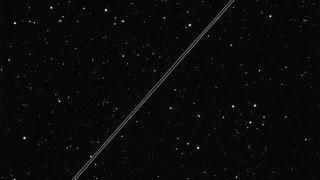
China’s recently launched “Thousand Sails” satellites are so bright they can clearly be seen with the naked eye at night, far exceeding the limits proposed by astronomical authorities, experts say. Many more of the mysterious satellites will be launched over the next few years — some of which could be even brighter than the ones…
-
Space exploration – Astronomy, Technology, Discovery
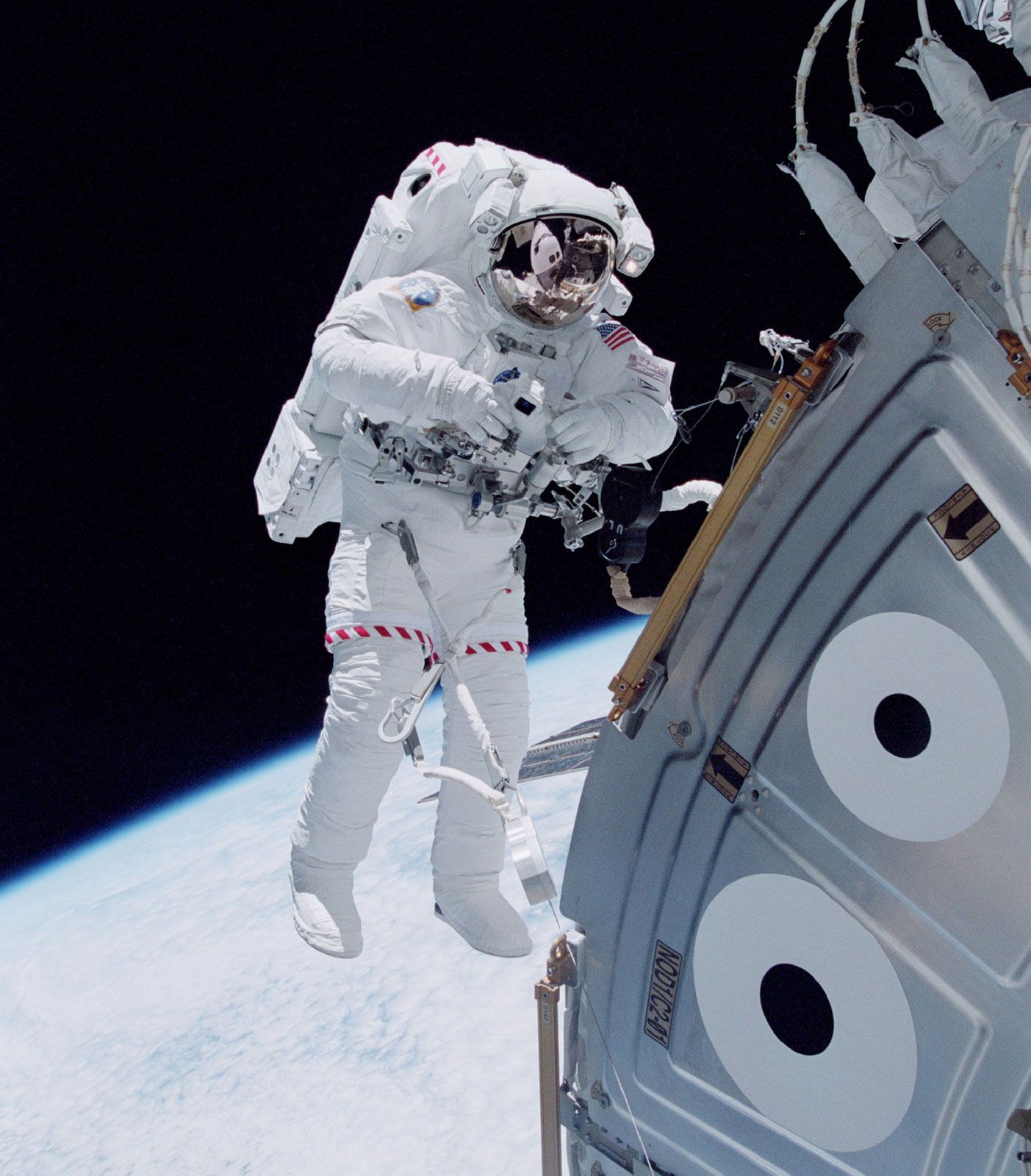
In the decades following the first Sputnik and Explorer satellites, the ability to put their instruments into outer space gave scientists the opportunity to acquire new information about the natural universe, information that in many cases would have been unobtainable any other way. Space science added a new dimension to the quest for knowledge, complementing…
-
Space exploration – Milestones, Achievements, History

International Space Station, 2000The International Space Station, imaged from the space shuttle Endeavour on December 9, 2000, after installation of a large solar array (long horizontal panels). Major elements of the partially completed station included (front to back) the American-built connecting node Unity and two Russian-built modules—Zarya, a propulsion and power module, and Zvezda, the…
-
Jupiter’s Great Red Spot Moves Like the Solar System’s Biggest Kickball
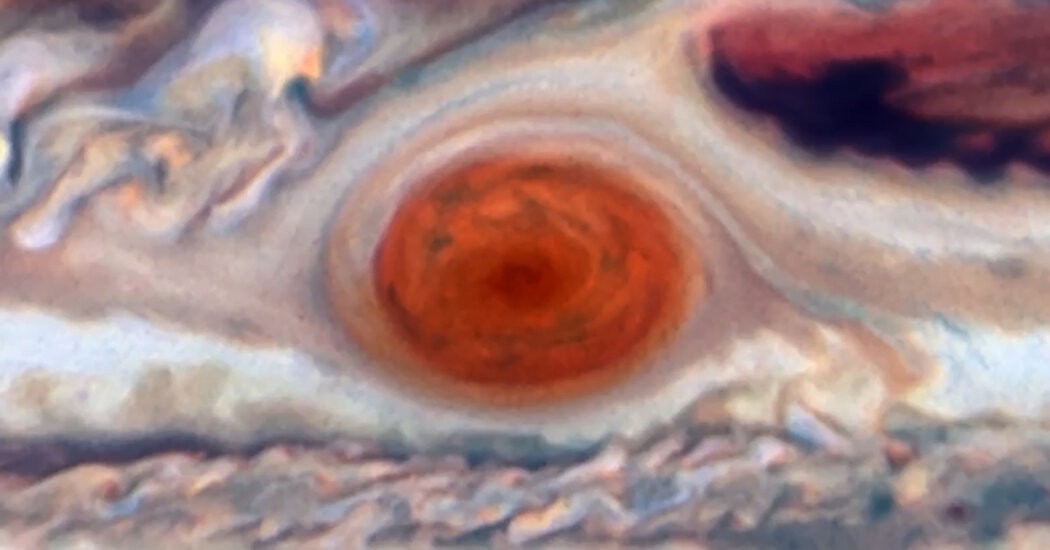
A sequence of images captured by NASA’s Hubble Space Telescope showed how much the giant storm changed shape as it traveled within the planet’s atmosphere. The Great Red Spot of Jupiter is one of the solar system’s most astonishing marvels. An elliptical storm with inky swirls of burnt orange and dulled copper, it is longer…
-
Solar Storm Buffets Earth and Is Likely to Generate Light Show
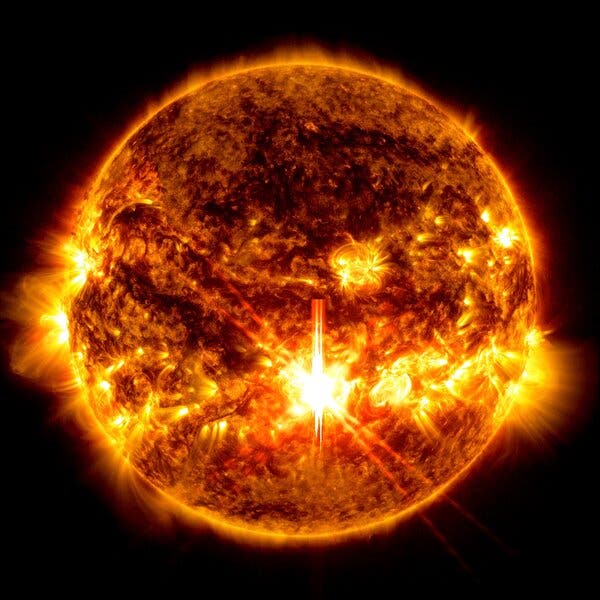
An explosion of particles arrived at Earth on Thursday, and could lead to visible northern lights in much of the country while also raising power grid concerns. An eruption of particles from the sun collided with Earth on Thursday morning. The Space Weather Prediction Center, part of the National Oceanic and Atmospheric Administration, reported that…
-
‘Nothing short of astronomical:’ Scary hurricane Milton captured from space
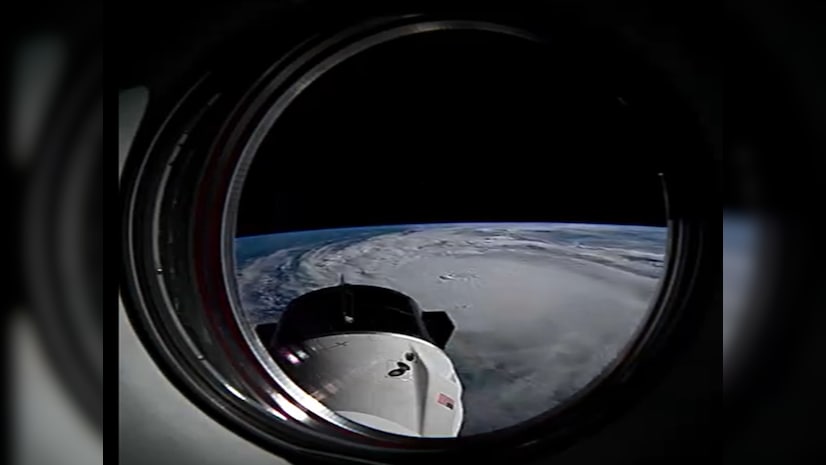
Hurricane Milton captured from space 2 min read Last Updated : Oct 09 2024 | 5:04 PM IST A monstrous Category-5 storm, called Hurricane Milton, is likely to make landfall on Florida’s west coast late Wednesday or early Thursday. Its impact might be reduced over a period of time, but it will still be a…